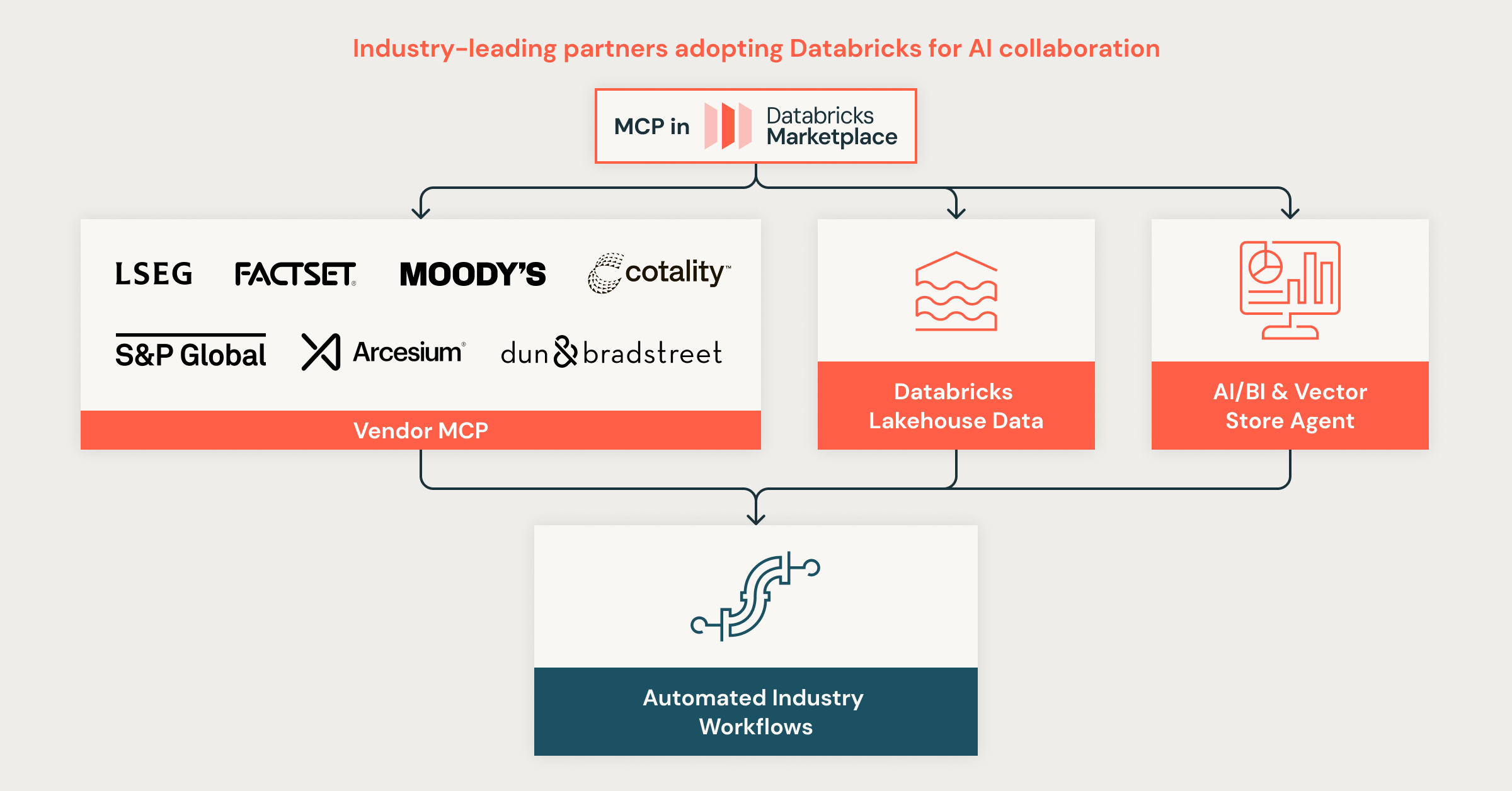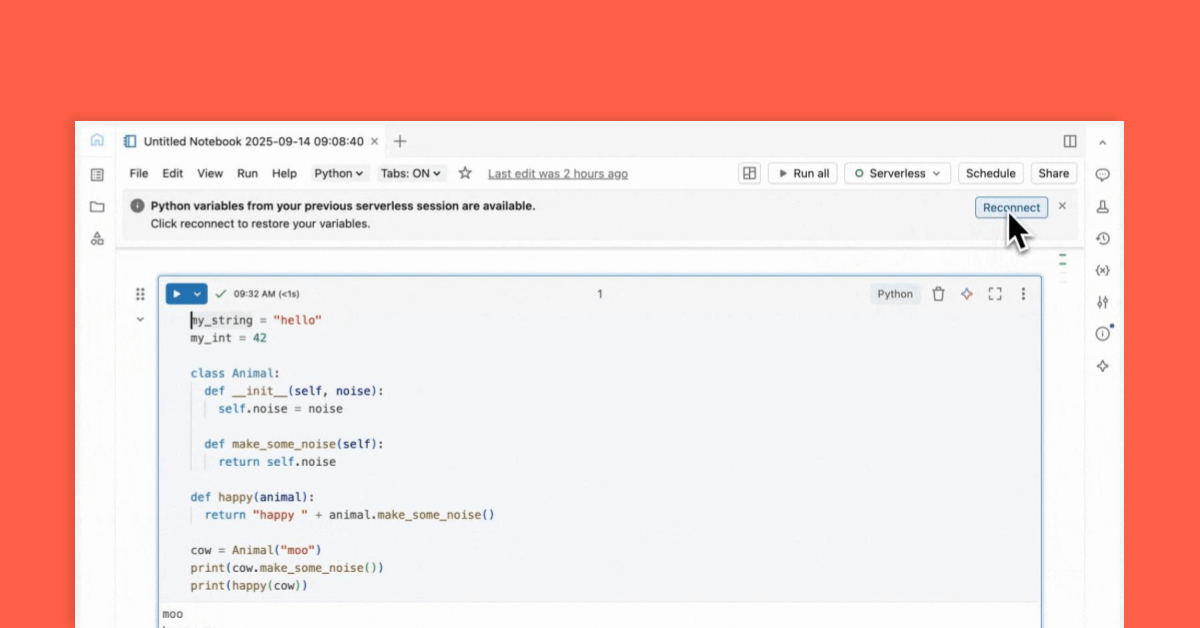Blog
Featured Story![2025 Gartner Magic Quadrant for Cloud DBMS]()

News
November 21, 2025/5 min read
Databricks Named a Leader in 2025 Gartner® Magic Quadrant™ for Cloud Database Management Systems
What's new![A Year of Interoperability: How Enterprises Are Scaling Governance with Unity Catalog]()

Product
November 26, 2025/5 min read
A Year of Interoperability: How Enterprises Are Scaling Governance with Unity Catalog
Recent posts
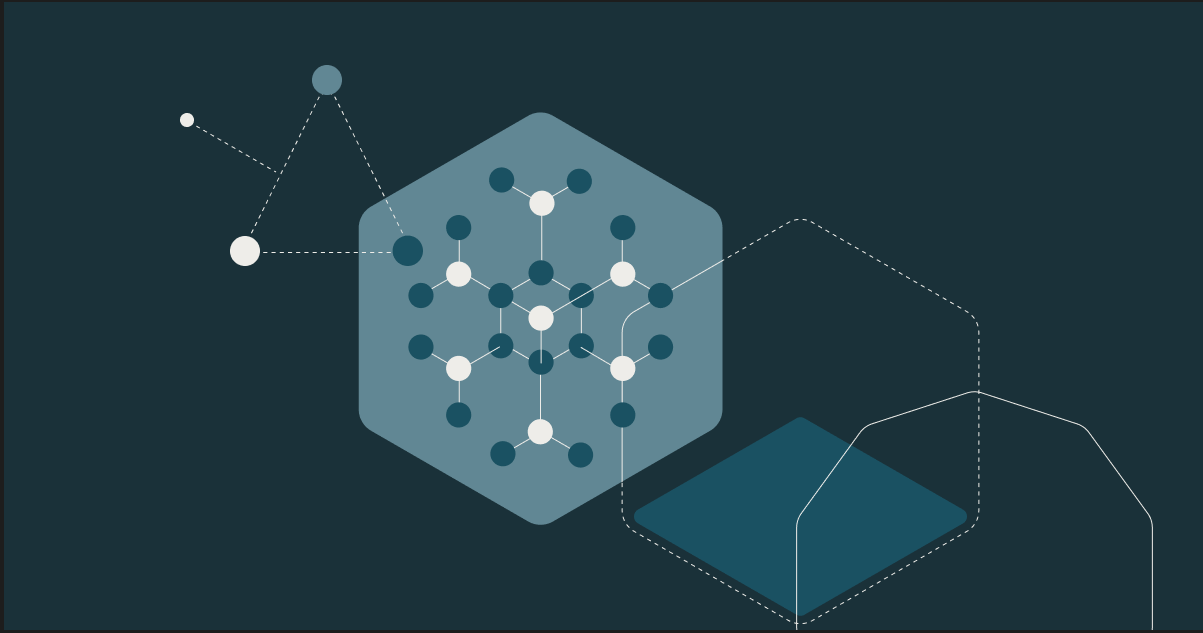
Product
December 15, 2025/12 min read
Databricks Lakehouse Data Modeling: Myths, Truths, and Best Practices
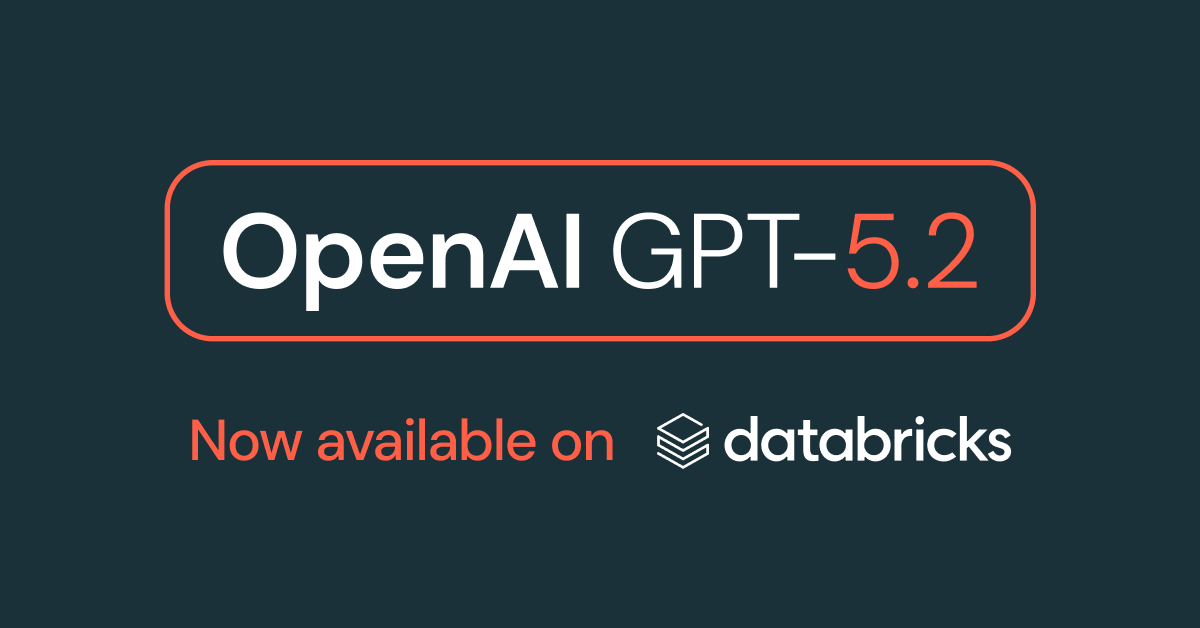
Product
December 11, 2025/5 min read
OpenAI GPT-5.2 and Responses API on Databricks: Build Trusted, Data-Aware Agentic Systems

Partners
December 9, 2025/20 min read
Introducing Databricks GenAI Partner Accelerators for Data Engineering & Migration

Mosaic Research
December 9, 2025/12 min read
Introducing OfficeQA: A Benchmark for End-to-End Grounded Reasoning

Solutions
December 8, 2025/6 min read
Powering Growth: How Data and AI Are Rewiring Productivity in Banking and Payments

Technology
December 5, 2025/14 min read
Expensive Delta Lake S3 Storage Mistakes (And How to Fix Them)

Energy
December 4, 2025/4 min read
BP’s Geospatial AI Engine: Transforming Safety and Operations with Databricks

Data Leader
December 4, 2025/2 min read
Building the AI-Ready Enterprise: Leaders Share Real-World AI Solutions and Practices

Announcements
December 2, 2025/6 min read
Completing the Lakehouse Vision: Open Storage, Open Access, Unified Governance

Healthcare & Life Sciences
December 1, 2025/3 min read
Databricks and NVIDIA: Powering the Next Generation of Industry AI
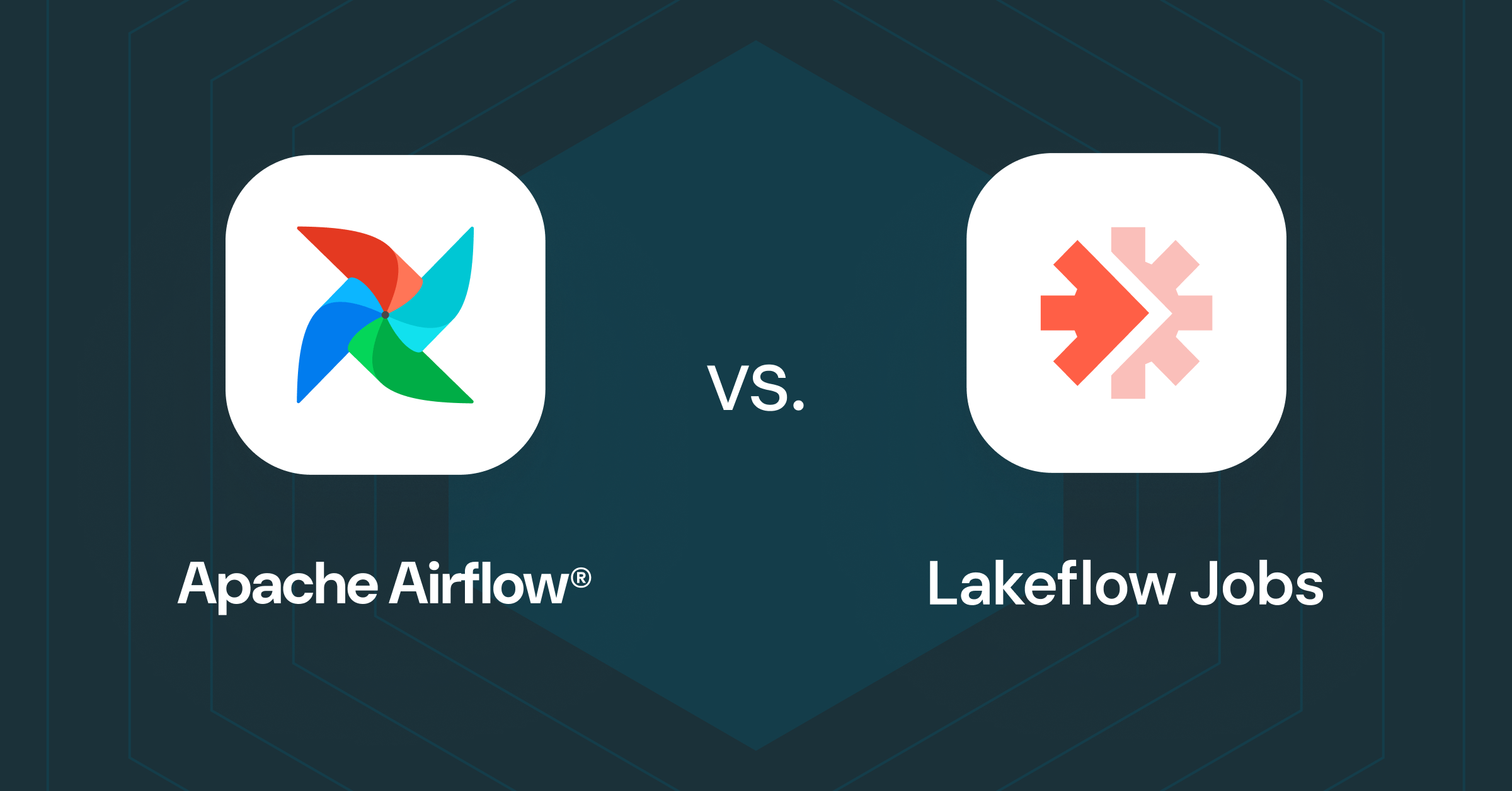
Product
December 1, 2025/6 min read
From Apache Airflow® to Lakeflow Jobs: How the Industry is Shifting from Workflow-First to Data-First Orchestration
Insights
December 1, 2025/7 min read
Using AI for Data Analysis: Tools and Techniques You Need to Know
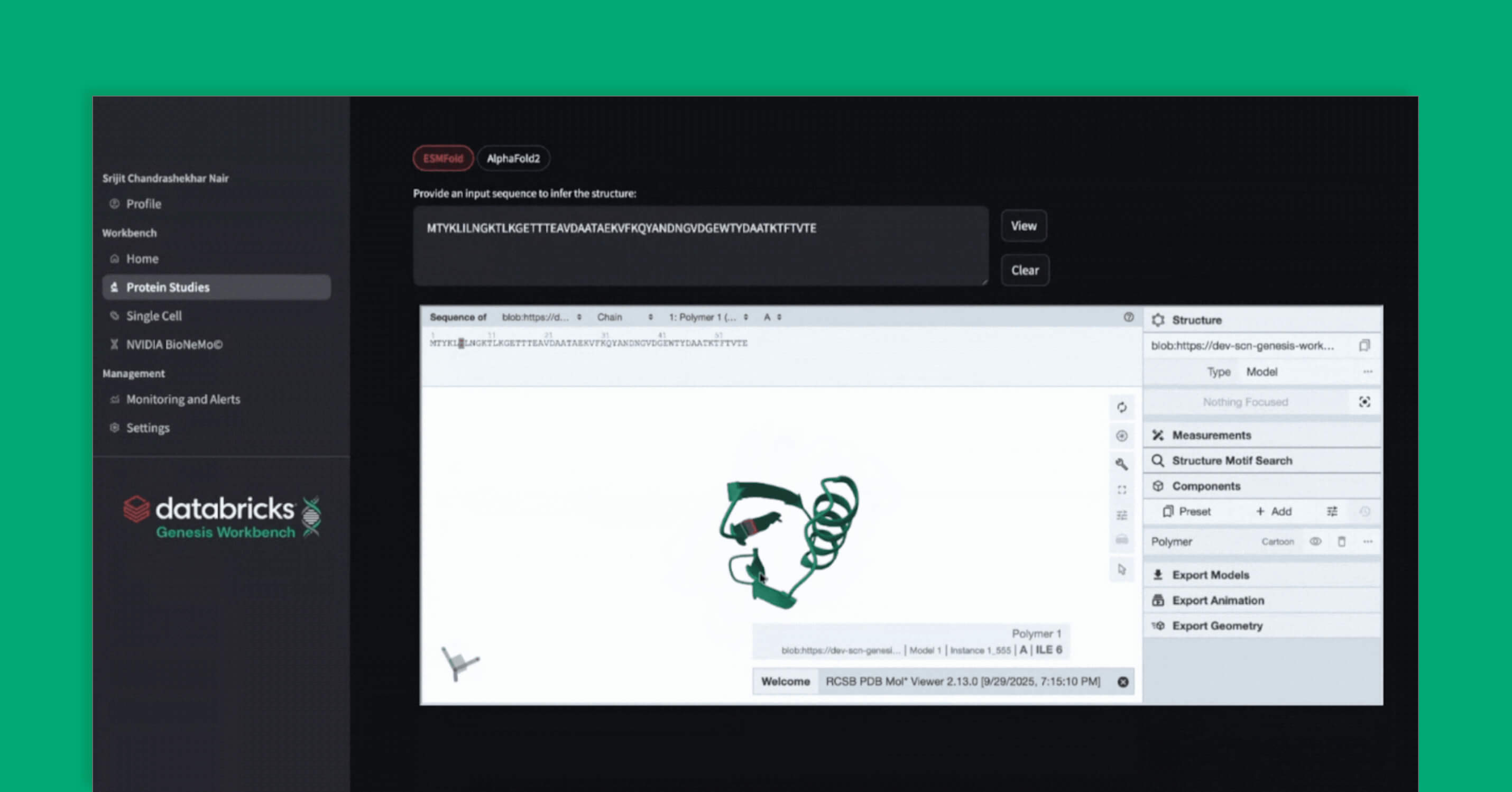
Mosaic Research
December 1, 2025/14 min read
Genesis Workbench: A Blueprint for Life Sciences Applications on Databricks

Data Engineering
December 1, 2025/11 min read
From Events to Insights: Complex State Processing with Schema Evolution in transformWithState
Data Intelligence for All
Never miss a Databricks post
Subscribe to our blog and get the latest posts delivered to your inbox


